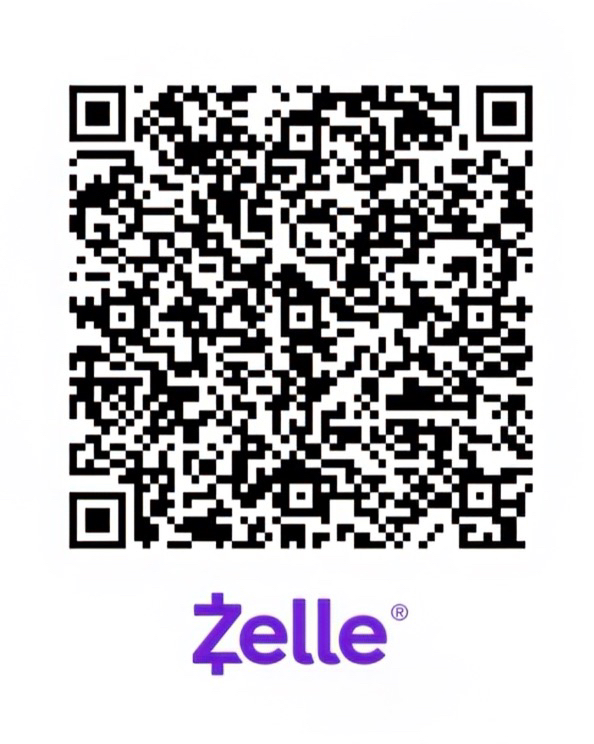Report a Bug
Thanks for your help!
Your feedback has been sent to our team.
-
COMM 3230
Managing Innovation
Rating3.89
Difficulty3.00
GPA3.67
Last TaughtSpring 2026
Explores product, service, business model, and process innovation in existing companies with a focus on preparing students to participate in, lead, and advise innovation teams to increase the likelihood of a desired corporate outcome. Course format includes case studies, projects, and the most recent academic thinking on topics like organizational design, ethics in innovation, resources allocation, culture development, & "managing clever people."
-
COMM 3559
New Course in Commerce
Rating4.25
Difficulty3.00
GPA3.71
Last TaughtSpring 2026
New Course in Commerce
-
COMM 4821
Foundations of Sustainable Commerce
Rating3.67
Difficulty3.00
GPA3.83
Last TaughtSpring 2026
This course provides instruction in the foundations of sustainable commerce, that is, business activities designed for a finite and equitable planet. The course begins with a review of our pressing sustainability challenges, then describes how the fundamental business disciplines (strategy, accounting, marketing, operations, finance and management) are innovating, operating and facilitating commercial solutions to these issues.
-
COMM 4822
Invest in Sustainable Future
Rating2.78
Difficulty3.00
GPA3.63
Last TaughtSpring 2026
This interdisciplinary course explores four critical areas at the intersection of business and sustainability: 1) Climate Finance, 2) Conservation Finance, 3) Circular Economy and 4) ESG Investing. In addition to acquiring an understanding of these key sustainability challenges, participants will gain skill in applying analytical tools and techniques to the evaluation of sustainable investment opportunities.
-
COMM 5559
New Course in Commerce
Rating5.00
Difficulty3.00
GPA3.81
Last TaughtSpring 2025
This course provides the opportunity to offer new topics in the subject of Commerce.
-
COMM 3220
Data Management for Decision Making
Rating3.88
Difficulty3.21
GPA3.64
Last TaughtSpring 2026
Provides an introduction to the management of database systems and how business intelligence can be used for competitive advantage. The course uses an applied, problem-based approach to teach students the fundamentals of relational systems including data models, database architectures, database manipulations (e.g., SQL), and BI tools.
-
COMM 3120
Intermediate Accounting II
Rating4.23
Difficulty3.30
GPA3.58
Last TaughtSpring 2026
Continuation of COMM 3110, with emphasis on accounting for the equities of a firm's investors and creditors. Continues to focus on financial accounting issues including financial instruments, asset impairment and long-term debt.
-
COMM 4643
Advanced Business Speaking
Rating4.93
Difficulty3.40
GPA3.86
Last TaughtFall 2025
COMM 4643 increases students' comfort with public speaking. In a safe environment students work to cultivate individual speaking styles by engaging in daily public speaking. Students deliver a wide variety of speeches, engage in activities designed to refine speaking styles, receive weekly feedback, and review their own recorded speeches. The most successful students participate fully, have a sense of fun, and help each other to improve.
-
COMM 3110
Intermediate Accounting I
Rating3.52
Difficulty3.46
GPA3.38
Last TaughtFall 2025
Intensive study of the generally accepted accounting principles for asset valuation, income measurement, and financial statement presentation for business organizations, and of the processes through which these principles evolve. Focuses on important areas in financial accounting, including accounting for leases, pensions, and income taxes. Prerequisite: COMM 2020 or instructor permission.
-
COMM 4720
Advanced Corporate Finance: Valuation and Restructuring
Rating3.71
Difficulty3.48
GPA3.47
Last TaughtFall 2025
This course covers corporate valuation and the restructuring of both non-distressed firms (for example, leveraged buyout transactions) and distressed firms. Prerequisite: fourth-year Commerce.
Recently Viewed
No course sections viewed yet.

